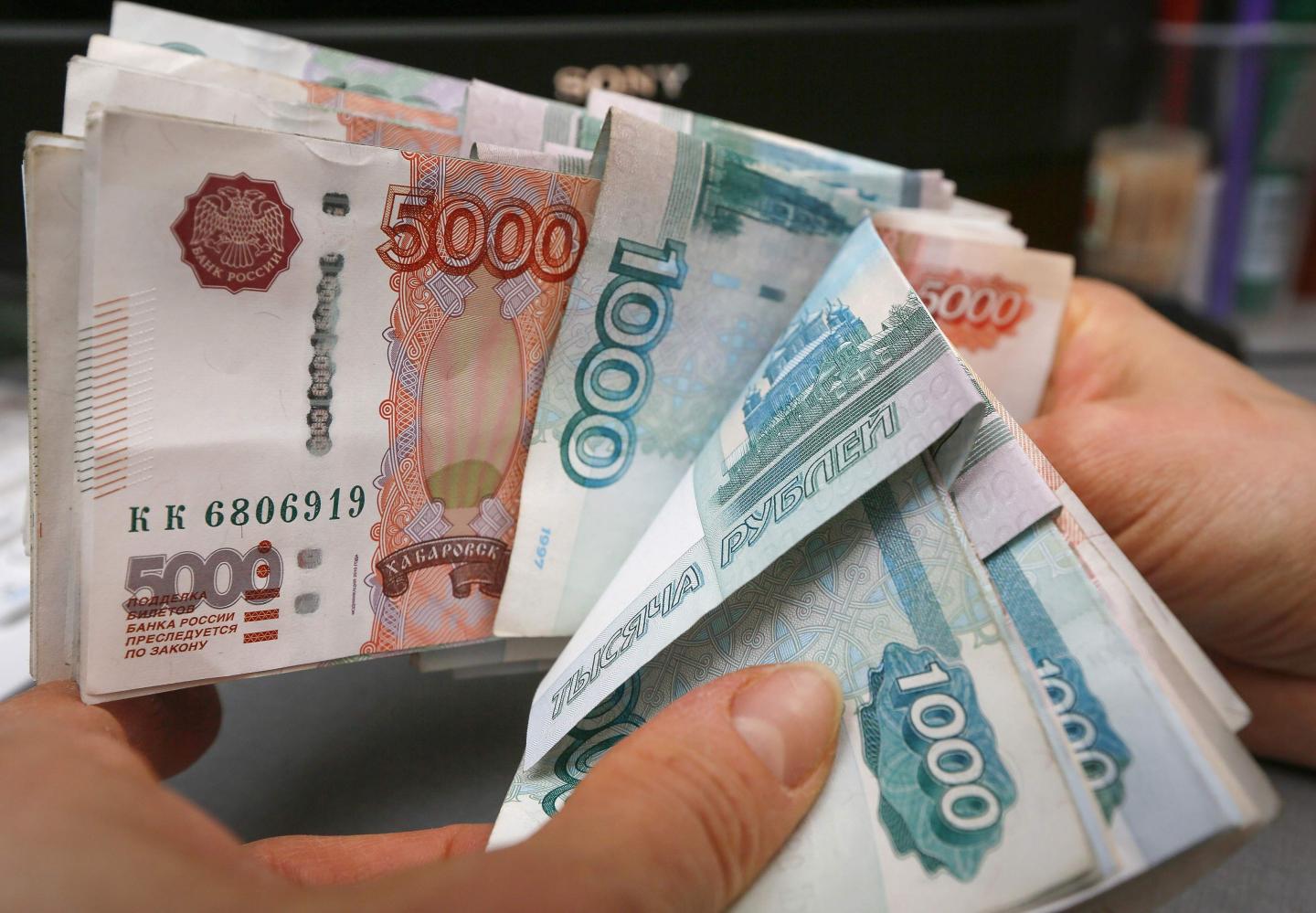Volatility, the new word for Ruble

Russia’s currency plunged to the weakest level since December 2016 and the government canceled a bond auction as the toughest U.S. sanctions yet combined with an escalation in tensions over Syria to rattle investor sentiment.
The ruble dropped 3.6 percent to 62.86 versus the dollar, taking its slump this week to 7.5 percent. The Finance Ministry cited unfavorable market conditions in its first decision to scrap a debt sale since August 2015. Exporters that benefit from a weaker currency led Russia’s benchmark stock index higher after its sharpest collapse on Monday since Russia annexed Crimea in 2014.
The sanctions, which blacklisted billionaire Oleg Deripaska’s United Co. Rusal and En+ Group Plc, raised the stakes in Russia’s standoff with the U.S. as panic spread through the market over who could be targeted next. Escalating tensions between Russia and the U.S. over the conflict in Syria are also giving traders cause for concern.
“The major risks to the Russian currency come from geopolitics,” Vladimir Miklashevsky, a senior economist at Danske Bank A/S in Helsinki, said in a research note. “If the situation does not get worse, we would see potential in buying. However, the current setup is too murky, especially on a possible escalation in Syria between Russia and the U.S.”
Russian officials said the wave of volatility doesn’t pose any threat to financial stability or require any response from the authorities. The ruble’s floating exchange rate helps the economy adapt to shocks and the central bank can use interest rates to offset any increase in inflation caused by currency weakness, Central Bank Governor Elvira Nabiullina said at a conference in Moscow.
The yield on 10-year ruble debt jumped 23 basis points to 7.55 percent on Tuesday, the highest level in three months. The cost of insuring Russian dollar debt against default surged to the most since August.

